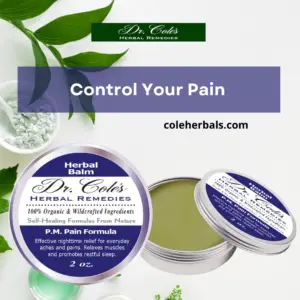Chlorine is a ubiquitous chemical that many people don’t even know they’re ingesting each day, but it’s quite common in our water supply, especially in North America.
According to several studies there are myriad health risks with drinking too much chlorine, including asthma, eye and throat irritation, an increased risk of cancer and much more, including kidney and liver problems, since these are among the two organs that are most taxed by such toxins.
Chlorine is said by some government agencies to be safe in our drinking water and water in general, but what’s safe to one person is not always the same as what’s safe to another.
According to Dr. Joseph Mercola of the U.S.’ top natural health website Mercola.com, Americans ingest 300 to 600 times what the EPA calls “safe” in regards to chlorine.
To make matters worse, many of the other pool chemicals and water chemicals from prescription drugs and other sources that interact with chlorine have never been tested for the reactions that could occur when they are mixed, and oftentimes even more toxic substances are produced.
It’s safe to say that most of us don’t think twice about chlorine in our drinking water, but we know all too well about what it smells and even tastes like from swimming in pools treated with the harsh chemical growing up.
When it gets in our eyes, it definitely stings. When we taste it, we want to spit it out immediately. And when it gets in our hair, the results usually aren’t too pleasant.
Chlorine is used to disinfect our water, but it’s not something we want to put into our body afterward if we can avoid it, especially over the long haul since it is a cumulative toxin that builds up in our systems over the years like a ticking time bomb.
Many environmental groups have also taken issue with the chemical because of the dangers of shipping and transporting it.
In addition to the risk posed by drinking water, inhaling chlorine water vapors in your daily showers could be another source of the health risks and problems mentioned above.
Considering those health risks of chlorine, it’s best to keep your showers to a minimum, invest in a high quality [easyazon_link asin=”B0059EMIFW” locale=”US” new_window=”default” nofollow=”default” tag=”al0b63-20″]chlorine-filtering shower filter[/easyazon_link], and to crack open a window or door while you shower so you don’t inhale the vapors as much.
There are also water bottles and pitchers on the market that help to filter chlorine from your water, which you can view by clicking here.
Thanks for installing the Bottom of every post plugin by Corey Salzano. Contact me if you need custom WordPress plugins or website design.





